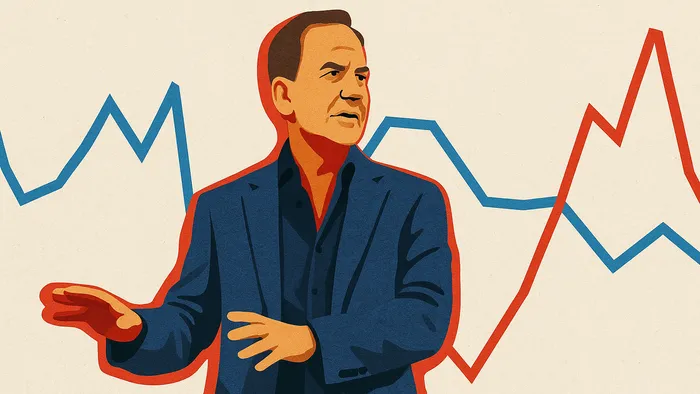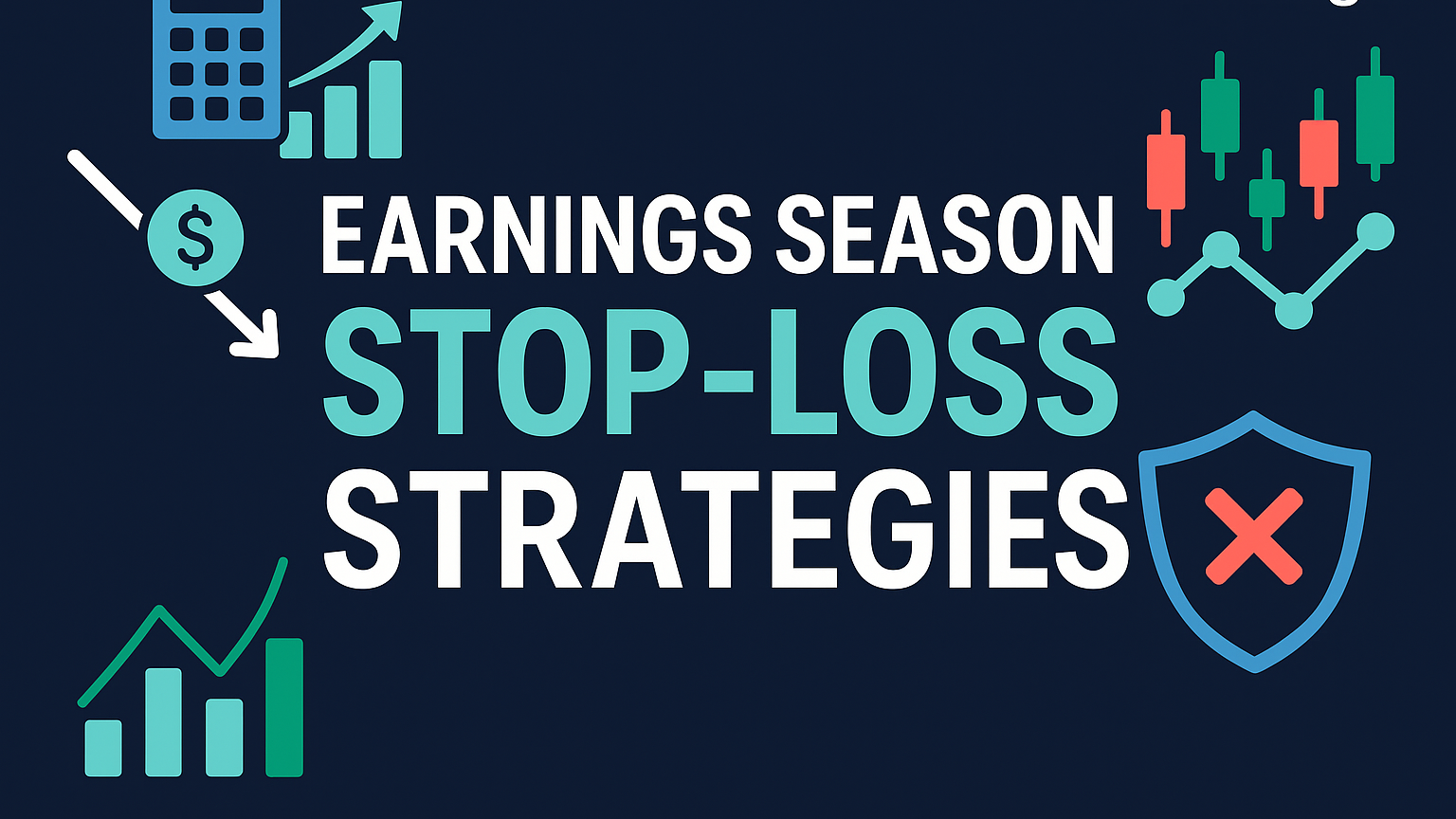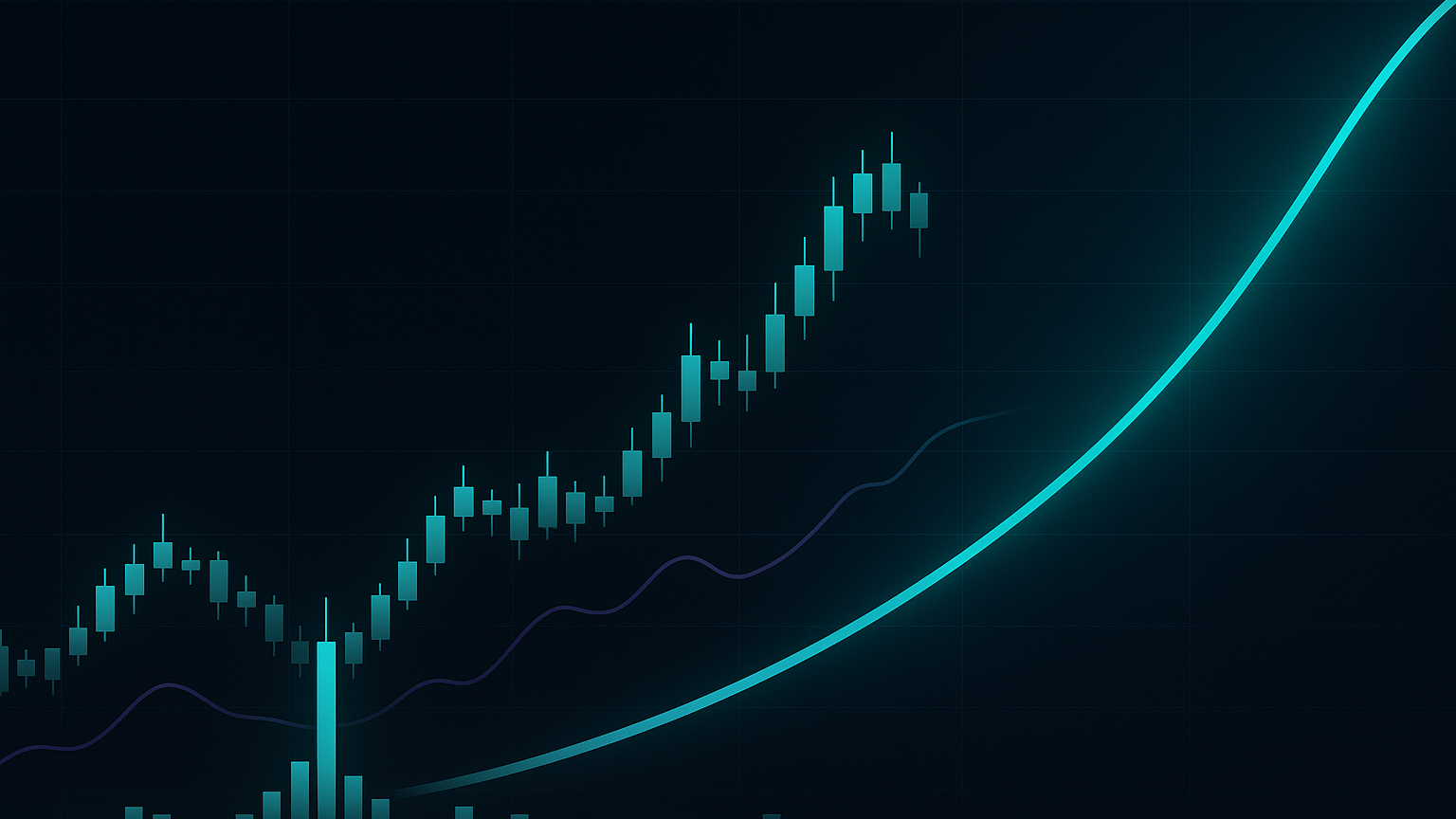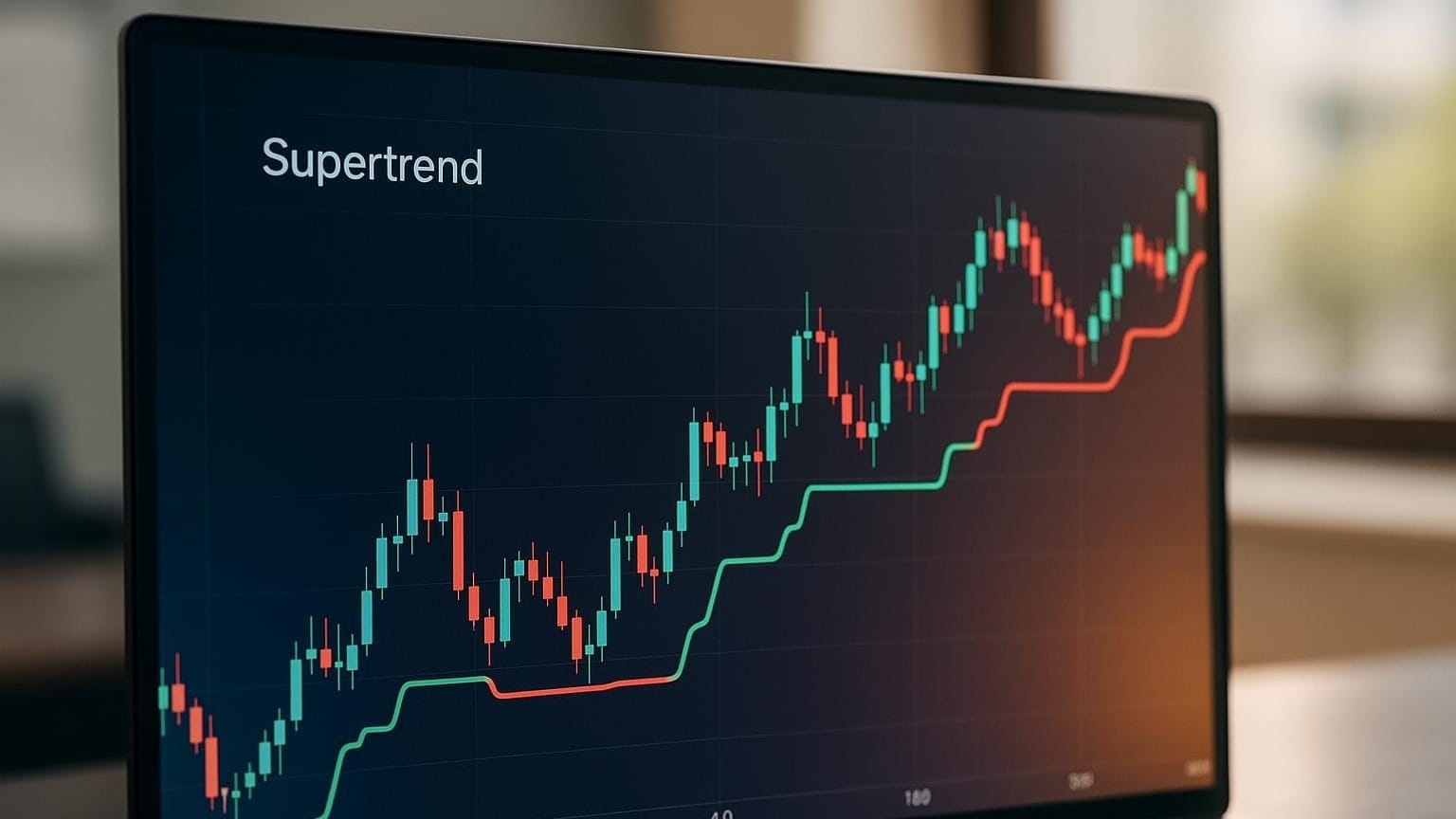Explore the trading philosophy of a legendary trader, focusing on risk management, macro analysis, and emotional discipline for market success.
Paul Tudor Jones is a legendary trader known for his ability to predict market trends and manage risk. Here's a quick breakdown of his trading philosophy:
- Risk Management First: He limits losses to 1% per trade and aims for a 5:1 risk-reward ratio. Protecting capital is his top priority.
- Global Macro Strategy: Combines economic indicators (like GDP and interest rates) with technical analysis to spot market trends early.
- Technical Tools: Relies on the 200-day moving average, RSI, MACD, and volume analysis to confirm trades.
- Psychological Discipline: Stays humble, detached, and focused on learning every day. He avoids emotional trading and overconfidence.
- Proven Success: Famously predicted the 1987 market crash, earning $100 million in a single day.
Quick Takeaway
Jones' success boils down to mastering risk, blending macroeconomic insights with technical analysis, and maintaining emotional discipline. His methods are a blueprint for long-term trading success.
Paul Tudor Jones: Billion-Dollar Stock Trader
Global Market Analysis Methods
Paul Tudor Jones blends detailed economic research with technical signals to spot trading opportunities. His macro trading strategy revolves around understanding how worldwide trends drive market behavior.
Macro Trading Basics
Jones' macro trading approach relies on analyzing important economic indicators to detect market shifts. He keeps a close eye on data from major economies, which helps him uncover market inefficiencies and trading opportunities before others notice.
Here are the three main parts of his strategy:
| Analysis Component | Focus Areas | How to Implement |
|---|---|---|
| Economic Indicators | GDP, Interest Rates, Employment | Watch central-bank policies and key economic reports |
| Market Sentiment | Investor Behavior, News Flow | Follow institutional moves and media narratives |
| Technical Validation | Price Action, Moving Averages | Use the 200-day moving average to confirm trends |
What sets Jones apart is his contrarian mindset. Instead of following the crowd, he uses his analysis to pinpoint when the general market view might be wrong. By studying market cycles, he identifies unique opportunities.
"You have to live it, breathe it, and eat it every day." – Paul Tudor Jones
Major Trade Examples
One of Jones' standout moments was predicting the 1987 market crash, a testament to his macro analysis skills. His method involves:
- Data Review: Analyzing economic indicators from key economies.
- Technical Validation: Using the 200-day moving average to verify market trends.
- Risk Assessment: Ensuring trades have at least a 5:1 risk-reward ratio.
For traders aiming to follow his methods, Jones highlights the importance of staying informed through diverse sources:
- Watching central-bank decisions and their market implications.
- Examining global economic data and how it connects.
- Understanding the influence of geopolitical events on markets.
- Tracking institutional fund flows and positioning.
Risk management is a cornerstone of Jones' approach. He limits any single trade loss to 1% of his total assets while aiming for high-reward opportunities. This disciplined system has enabled him to stay profitable across different market cycles.
This macro trading framework lays the foundation for the technical-analysis methods discussed in the next section.
Technical Analysis Methods

Paul Tudor Jones combines in-depth technical analysis with a broader macroeconomic perspective to fine-tune his market entries and exits. His trading strategy centers around specific indicators and chart patterns that consistently help him identify opportunities.
Key Technical Indicators
Jones uses a select group of technical tools to confirm trading setups. His primary methods include:
| Indicator Type | Purpose | How It's Used |
|---|---|---|
| 200-Day Moving Average | Confirms trends and market direction | Stay bullish when above; consider short positions when below |
| RSI (Relative Strength Index) | Spot overbought/oversold conditions | Watch for extreme levels to anticipate potential reversals |
| MACD (Moving Average Convergence Divergence) | Analyze trend strength and duration | Use to confirm trends and detect momentum shifts |
| Volume Analysis | Validates price movements | Assess trend strength by confirming with volume activity |
Modern trading platforms now incorporate these indicators, making them easier to apply. What sets Jones apart is how he combines these tools. For example, in 1987 he noticed discrepancies between technical signals and fundamental data. The stock market had surged too quickly relative to bond yields and corporate earnings, leading him to predict a market reversal.
"Cut your losses and let your winners ride." – Paul Tudor Jones
Modern Technical Tools
Advancements in technology have enhanced these classic methods:
- Pattern Recognition: Automated tools now identify key chart patterns quickly.
- Volume Analysis Enhancements: New visualizations make it easier to detect institutional trading activity.
- Trend Confirmation Systems:
- The 200-day moving average remains a key trend filter.
- Divergence indicators help spot momentum shifts.
- Real-time alerts track trend breaks and pattern completions, though manual validation is still crucial.
Jones emphasizes disciplined use of these tools, adhering to a strict risk-management strategy: losses are capped at 1% of total assets, while trades target a 5:1 reward-to-risk ratio.
It's important to remember that technical analysis works best when paired with macroeconomic insights. Jones' ability to merge these approaches is a cornerstone of his trading success.
Risk Management Rules
Paul Tudor Jones built his career on maintaining strict control over risk and focusing on preserving capital. His disciplined approach has consistently delivered results across different market environments.
Loss Prevention Tactics
Jones relies on specific rules to manage losses and position sizes:
| Risk Control Element | Specific Rule | Implementation |
|---|---|---|
| Position Loss Limit | Limit losses to 1% per trade | Adjust position size based on portfolio value |
| Risk-Reward Ratio | Aim for at least 5:1 | Only trade when potential profit is five times the risk |
| Time-Based Stops | Exit if no price movement occurs within a set timeframe | Close positions regardless of profit or loss |
| Position Scaling | Reduce sizes during downturns | Use smallest positions during drawdowns |
Jones prioritizes quick action when trades don't go as planned. He avoids waiting for a recovery and exits losing positions immediately.
"If I have positions going against me, I get right out; if they are going for me, I keep them… Risk control is the most important thing in trading."
Modern Risk Controls
Jones has refined his strategies over the years, tailoring them to fit today's market complexities. He incorporates dynamic adjustments and diversified portfolio strategies to stay ahead.
Dynamic Risk Adjustment
Jones adjusts his exposure based on real-time market conditions, considering:
- Market volatility, asset correlations, and macroeconomic trends
- Signals from technical indicators like the 200-day moving average
Portfolio-Level Protection
His broader strategy includes:
- Spreading investments across various asset classes
- Monitoring overall portfolio risk
- Avoiding overexposure to correlated assets
- Regularly reviewing and rebalancing positions
"Every day I assume every position I have is wrong." – Paul Tudor Jones
This mindset has been critical to his success. For example, during the 1987 market crash, Jones leveraged his disciplined risk management to earn $100 million in a single day by taking a large short position.
Trading Psychology Principles
Paul Tudor Jones' trading success isn't just about technical skills or strict risk management. A big part of his edge comes from his ability to manage emotions and stay mentally disciplined.
Managing Trading Emotions
Jones emphasizes the importance of staying emotionally detached from market swings and keeping a humble mindset to avoid overconfidence. Here's a breakdown of his strategies:
| Emotional Challenge | Jones' Strategy | Implementation |
|---|---|---|
| Overconfidence | Keep a healthy sense of fear | Regularly question your abilities, especially after successes |
| Attachment to the Market | Stay detached | Let go of past biases and avoid emotional ties to trades |
| Fear of Loss | Focus on protecting capital | Prioritize preserving your funds over chasing profits |
| Decision Paralysis | Trust in your research | Base decisions on solid data and preparation |
"Don't be a hero. Don't have an ego. Always question yourself and your ability. Don't ever feel that you are very good. The second you do, you are dead."
Mental Training Methods
Jones dedicates himself to mental preparation and continuous improvement in three main areas:
Continuous Learning
He treats every trading day as a chance to learn, closely monitoring economic trends and key indicators.
Disciplined Decision-Making
Jones ensures his decisions are well-informed by consistently:
- Conducting in-depth analysis of market conditions
- Adjusting strategies based on changing trends
- Relying on data to guide his actions
Mental Preparation
For Jones, trading requires total commitment. He puts it plainly:
"You have to live it, breathe it, and eat it everyday."
This level of focus involves constant market study, practicing with simulated trades, sticking to strict risk management, and always prioritizing capital preservation.
Implementation Guide
This guide provides actionable steps to apply Jones' strategies effectively.
Trading Setup Steps
Structure your trading approach by combining technical insights and risk-management techniques:
1. Analysis Framework
- Review key economic indicators daily, such as GDP, employment data, and interest rates.
- Conduct technical chart analysis, focusing on the 200-day moving average.
- Stay updated on global news and central-bank policies.
2. Risk Parameters
- Use the risk settings outlined earlier.
- Set automatic stop-loss orders to protect positions.
- Aim for a minimum 5:1 risk-reward ratio.
3. Trading Plan
- Clearly document entry and exit criteria based on technical and fundamental factors.
- Define position sizing rules to manage exposure.
- Establish a daily routine for market analysis.
Example Trade
Black Monday-Inspired Strategy (1987)
1. Market Analysis
- Watch for signs of extreme market valuations.
- Identify technical weakness and price-momentum divergences.
2. Position Building
- Scale into positions only after technical confirmation.
- Use strict stop-loss orders for risk control.
"When I am trading poorly, I keep reducing my position size. That way, I will be trading my smallest position size when my trading is worst..."
"Don't focus on making money; focus on protecting what you have."
The key to success lies in safeguarding capital while using modern tools to refine execution.
Conclusion: Main Lessons
Paul Tudor Jones' trading success boils down to three pillars: technical analysis, risk management, and psychological discipline. His approach combines these elements into a cohesive framework that prioritizes capital protection and adaptability.
Key Trading Rules
Jones' trading philosophy revolves around capital preservation. During the 1987 market crash, his strict focus on risk controls played a major role in his success.
Mastering Risk Management
"The most important rule is to play great defence, not great offence. Every day I assume every position I have is wrong."
Position Sizing
- Adjust positions carefully: reduce risk during downturns and increase exposure when things are going well.
Adapting to Market Changes
"Markets are always changing; you adapt, evolve, compete or die."
His strategy blends technical indicators with macroeconomic insights, helping his flagship fund achieve an impressive 19.5% average annual return as of 2014.
Getting Started
| Focus Area | Implementation Strategy | Key Metric |
|---|---|---|
| Risk Control | Set strict stop-losses | 1% maximum loss per trade |
| Position Management | Scale based on performance | 5:1 minimum risk-reward ratio |
| Technical Analysis | Use moving averages and momentum | 200-day MA as key indicator |
"If everyone spent 90% of their time on that, not 90% of the time on pie-in-the-sky ideas on how much money they're going to make, then they will be incredibly successful investors."
"Don't be a hero. Don't have an ego. Always question yourself and your ability."








